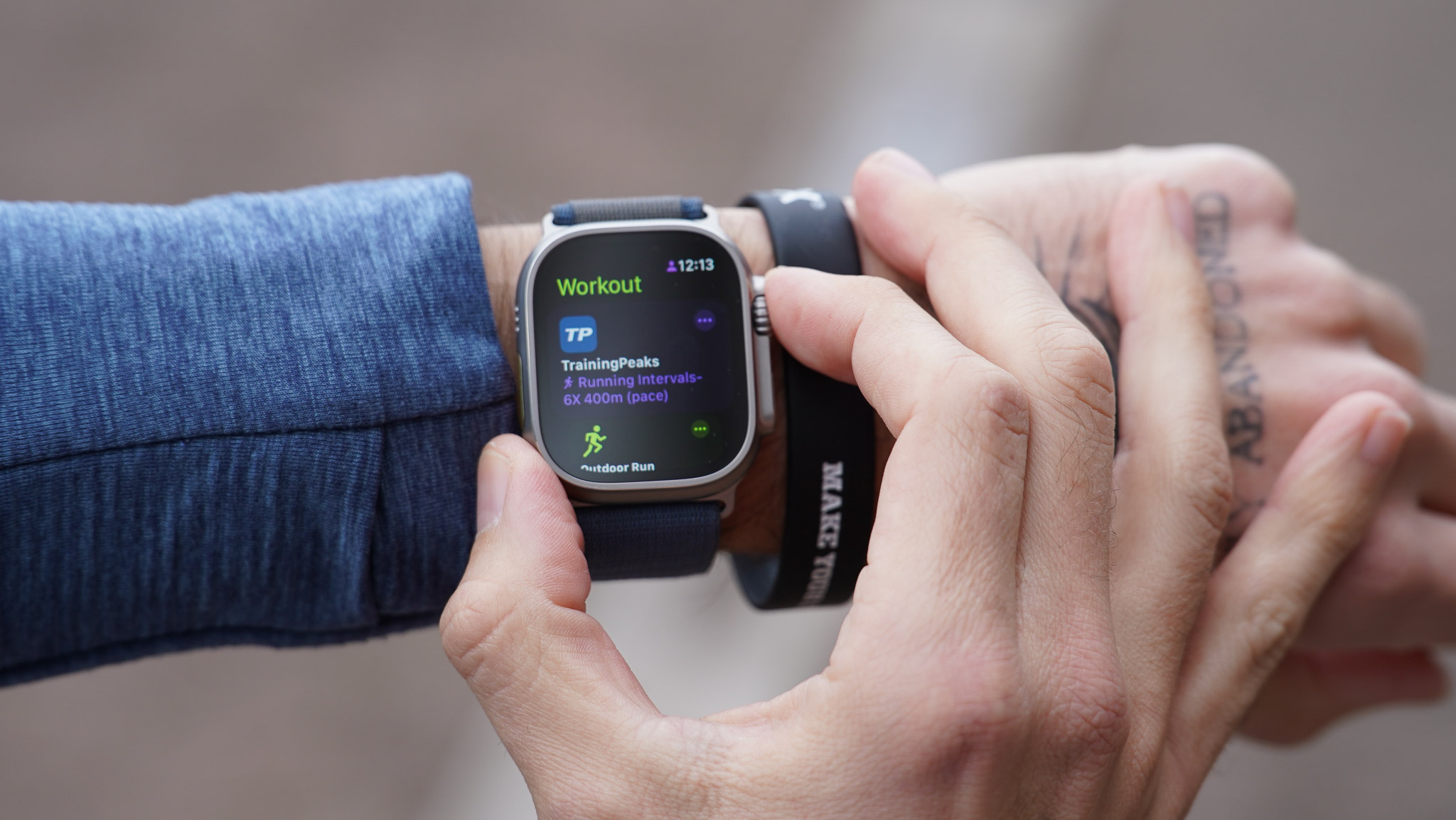
It's not often that you get the chance to try an Apple Watch integration before everyone else, so when Apple approached me to test the upcoming Traning Peaks integration 10 days before its public launch, I quite literally pounced on the opportunity. And that was before I discovered I'd be using workouts set up by world-renowned ultramarathon coach Jason Koop!
Let's wind back a bit. A few months ago, Apple announced the latest cohort of its wearables, including the Apple Watch Ultra 2 and the Apple Watch Series 9. Before that, in June 2023, the Cupertino-based company gave us a rundown of the then-upcoming WatchOS 10 update, which was said to be huge for cyclists and included an excellent third-party integration created in collaboration with TrainingPeaks.
We had to wait until now for this to arrive on compatible Apple Watches. Is this a necessary upgrade? Do you need a TraningPeaks subscription to use it on the Apple Watch? Who is it for? How seamless is the integration? I put the app, wearable, and my legs to the test to find out.
What's TrainingPeaks?
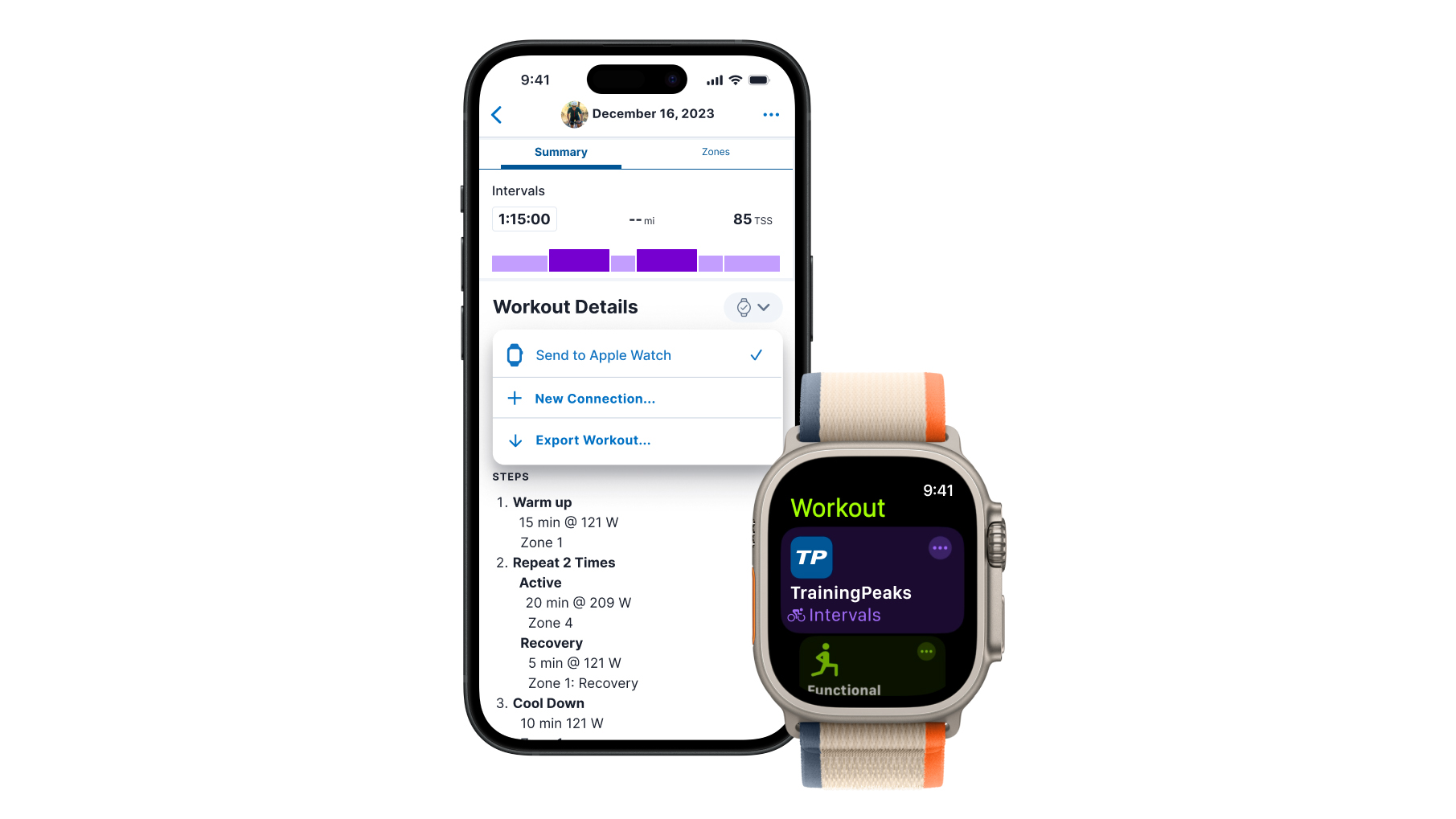
TrainingPeaks (TP) claims it offers the world's most powerful training app. TP has integrations with most running and multisport watch platforms, including Garmin, Polar, and Suunto, allowing you to plan, track, and analyse your training all in one place.
Of course, it's more than just a dumping ground for workout data; TP also has training plans and coaching services. You can create and schedule your own plans or buy one via TP's Training Plan Store. Plans are available for a wide variety of activities, including triathlon, cycling, running, swimming, strength training and more.
TraningPeaks tries its best to make training more accessible, but it's worth mentioning that the app's primary target market is athletes who not only exercise frequently but do it in a structured fashion. TP is also one of the top platforms for coach-based training, thanks to its functionality that allows coaches to set up and analyse workouts remotely.
That's not to say TrainingPeaks isn't for everyone, although I feel it's overkill for people who only dabble with exercise. However, if you want to elevate your exercise to the next level and use an Apple Watch to track your workouts, TP might be your best option without spending tons of cash on a new performance wearable.
How to set up the Training Peaks integration on your Apple Watch?
Apple makes sure that any integration with its products is seamless, and this applies to the latest Apple Watch/TraningPeaks combo, too. Once you log onto your TP account on your iPhone (and both smartwatch and smartphone are running the latest operating system version), the app should recognise the Apple Watch and allow you to connect it to TP.
Should this not happen, go to your settings and find the 'Device and App Connection' option. Here, you should see an option that says, 'Connect to Health & Workout App'. Once you sort out all the necessary permissions, the three apps should be able to communicate with each other automatically.
If you have any TP workouts set up for the next seven days, these should be visible on the Apple Watch. One thing you notice is that, for the first time, Apple allows for third-party app icons to appear in the Workout app on the watch, making it easier to see your upcoming TP workouts.
How does the TraningPeaks integration works on the Apple Watch?
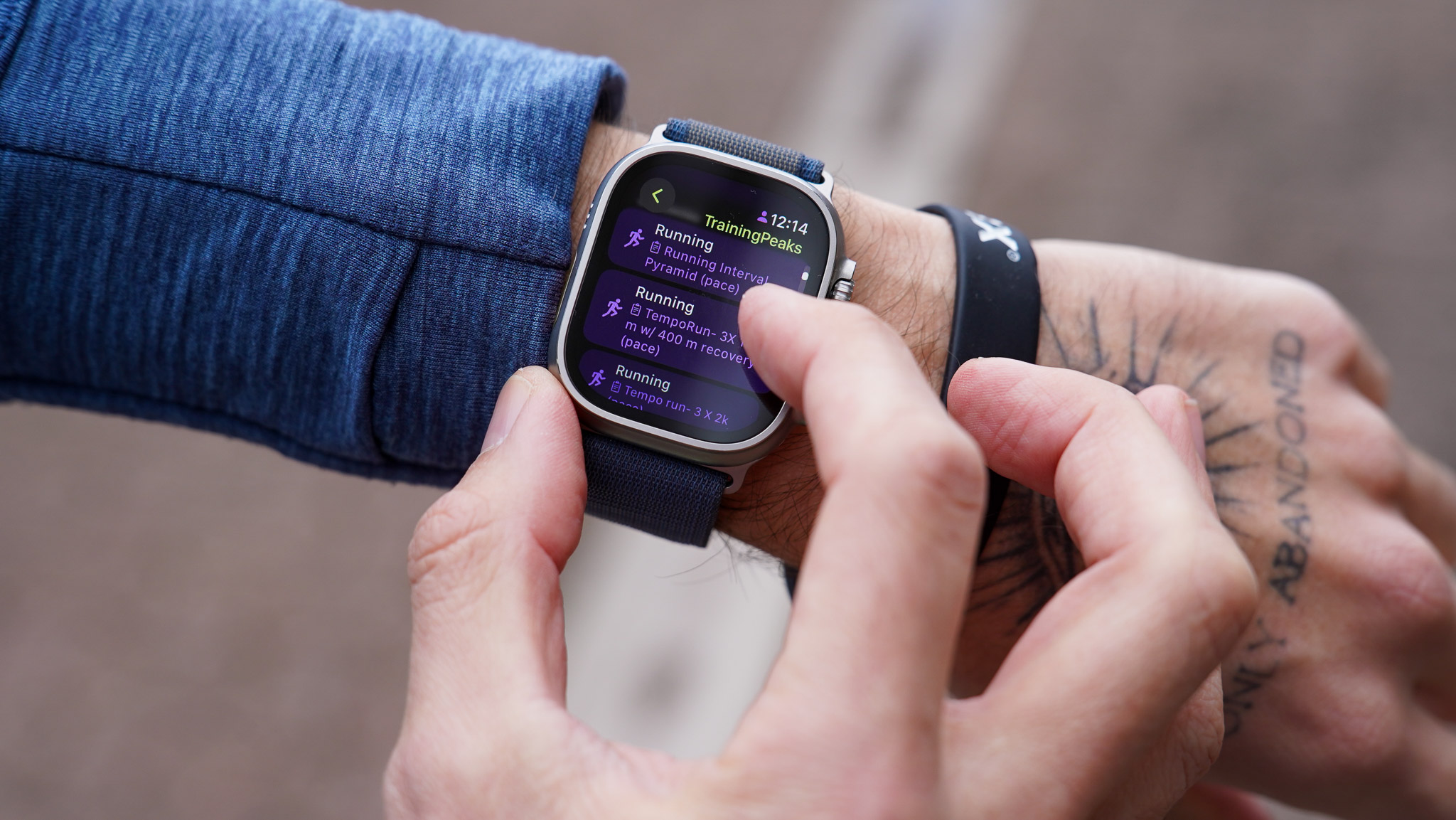
Since I was testing a pre-launch version, Apple very kindly provided me with a demo account that had all workouts set up for me by ultramarathon coach Jason Koop. I hadn't realised that Jason would monitor my performance as I went along, which was evident once he started commenting on my workouts. Eek!
After recovering from the shock, I tried Jason's first workout. This was the day after Apple briefed me, a crisp winter morning – perfect for running. Jason only set up intervals and tempo sessions (a '2-hour long run' would have been pretty dull, to be honest), which allowed me to see how well the Apple Watch Ultra 2 coped with fast-paced training.
Thanks to the Apple Watch's ability to connect to Bluetooth headphones – I used the Beats Powerbeats Pro and the Apple AirPods Pro 2 – you get to experience a coached workout without an actual coach running/pedalling next to you. I keep doing this, but make sure the Apple Watch isn't in Silent Mode before you start the workout. Otherwise, you won't be able to hear any of the prompts.
The actual workout doesn't feel any different from custom workouts you can set up on your Apple Watch. In fact, the workout experience is exactly the same as it was before, which isn't a bad thing. If you're familiar with the Apple Watch custom workout experience, the TP integration should be a breeze to get used to.
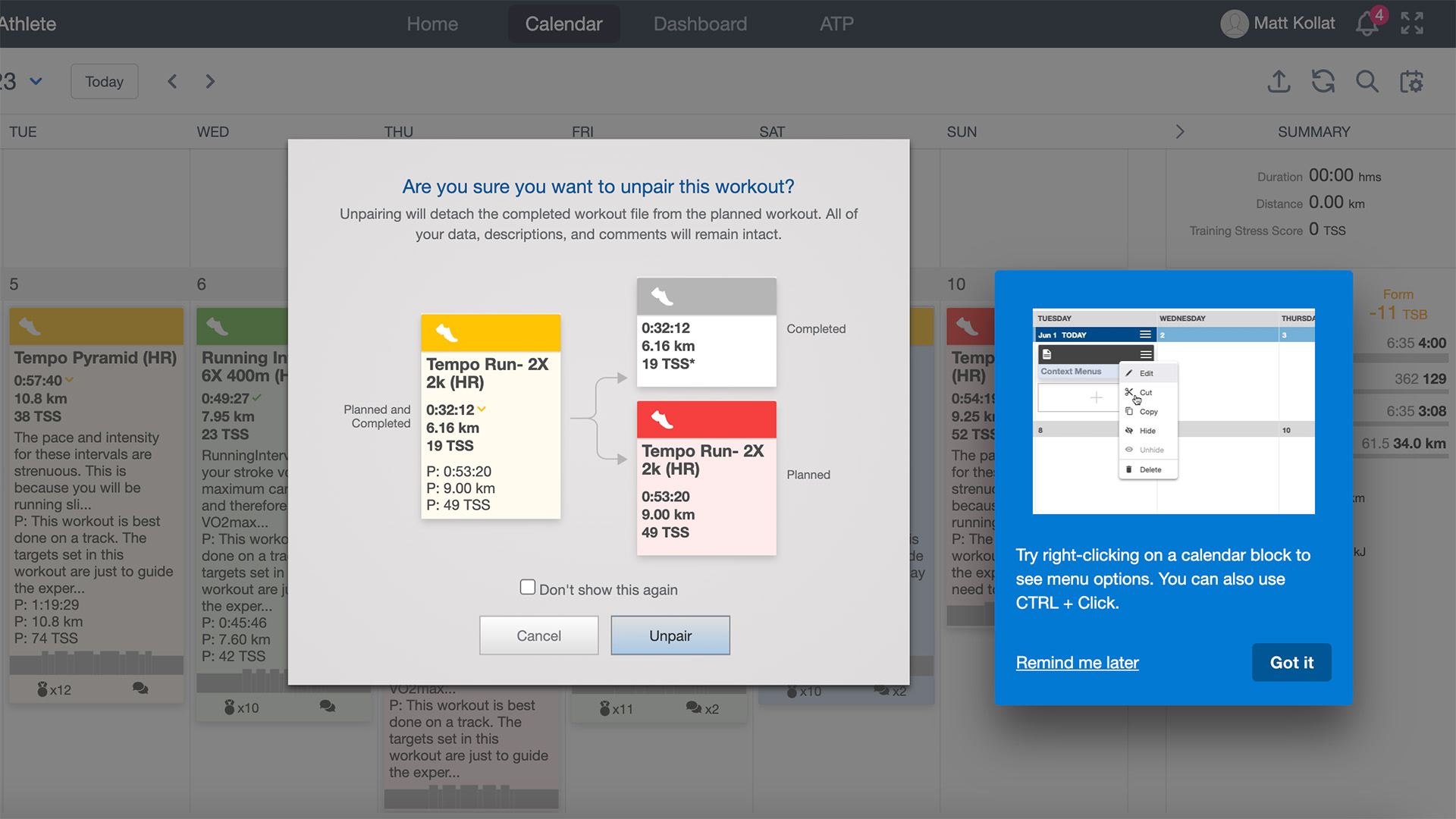
Workouts you did using the Apple Watch should be automatically imported into TrainingPeaks once the apps are synced. One thing to note is that custom workouts from TrainingPeaks synced to the Apple Watch Workout app are paired based on date and activity type.
For example, if you have a planned run for 'today' in TP synced and go for a standard Open Run, TrainingPeaks will interpret that as an attempt at the scheduled workout. This happened to me twice – I only had hard sessions planned in the app, which I couldn't possibly do without obliterating my legs in the process – but I doubt it would happen to people who set up their own workouts in TP.
The good news is that there is an easy fix for this coupling error. All you have to do is go into the TrainingPeaks web app (on desktop) and unpair the completed workout from the planned exercise. You can follow the instructions in this article on how to do that.
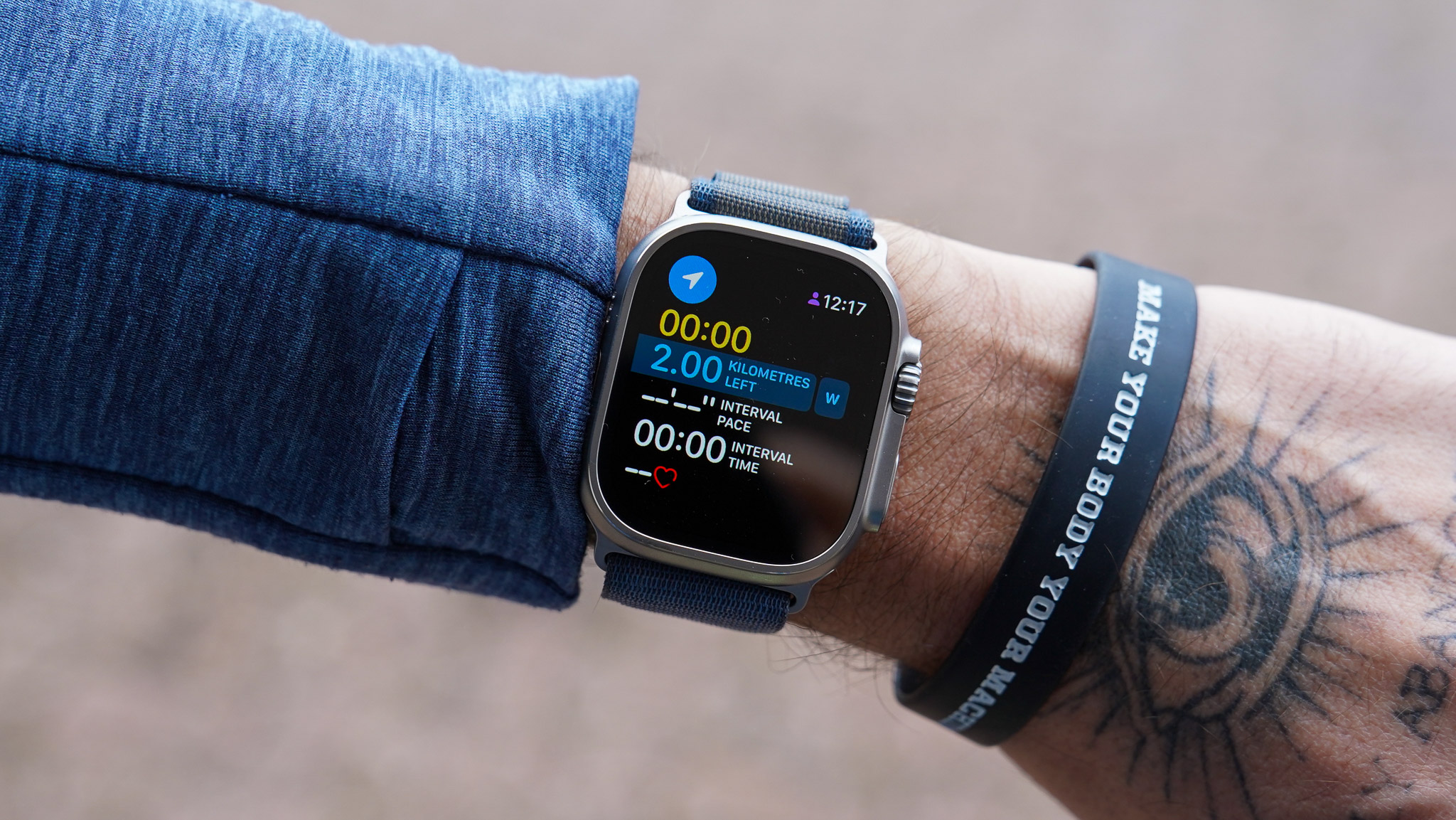
Another thing to mention is the heart rate tracking accuracy of wrist-based wearables when it comes to structured workouts. I didn't use a heart rate monitor during testing the TP integration to see how well the Apple Watch Ultra 2 coped with keeping up.
I regard the accuracy of Apple Watches highly, but the watch did struggle with tracking my heart rate quickly enough during testing. Interval training requires the heart rate sensor to provide instantaneous and accurate readings, and currently, the only thing that can do this is electrode pad/transmitter-type chest straps.
The Apple Watch – and most other wrist wearables – rely on the algorithm to make sense of the data coming in from the sensors. This delays the feedback slightly, which is an issue when you do 400-metre sprints in a heart rate zone that's only eight to nine beats wide. It's a big ask, even for something as capable as the Apple Watch Ultra 2.
Of course, you can just connect a third-party heart rate monitor to the Apple Watch to sort this out, but I can imagine Apple wanting to launch its own heart rate strap at some point (maybe not just yet, though).
Do you need the Apple Watch/TraningPeaks integration in your life?
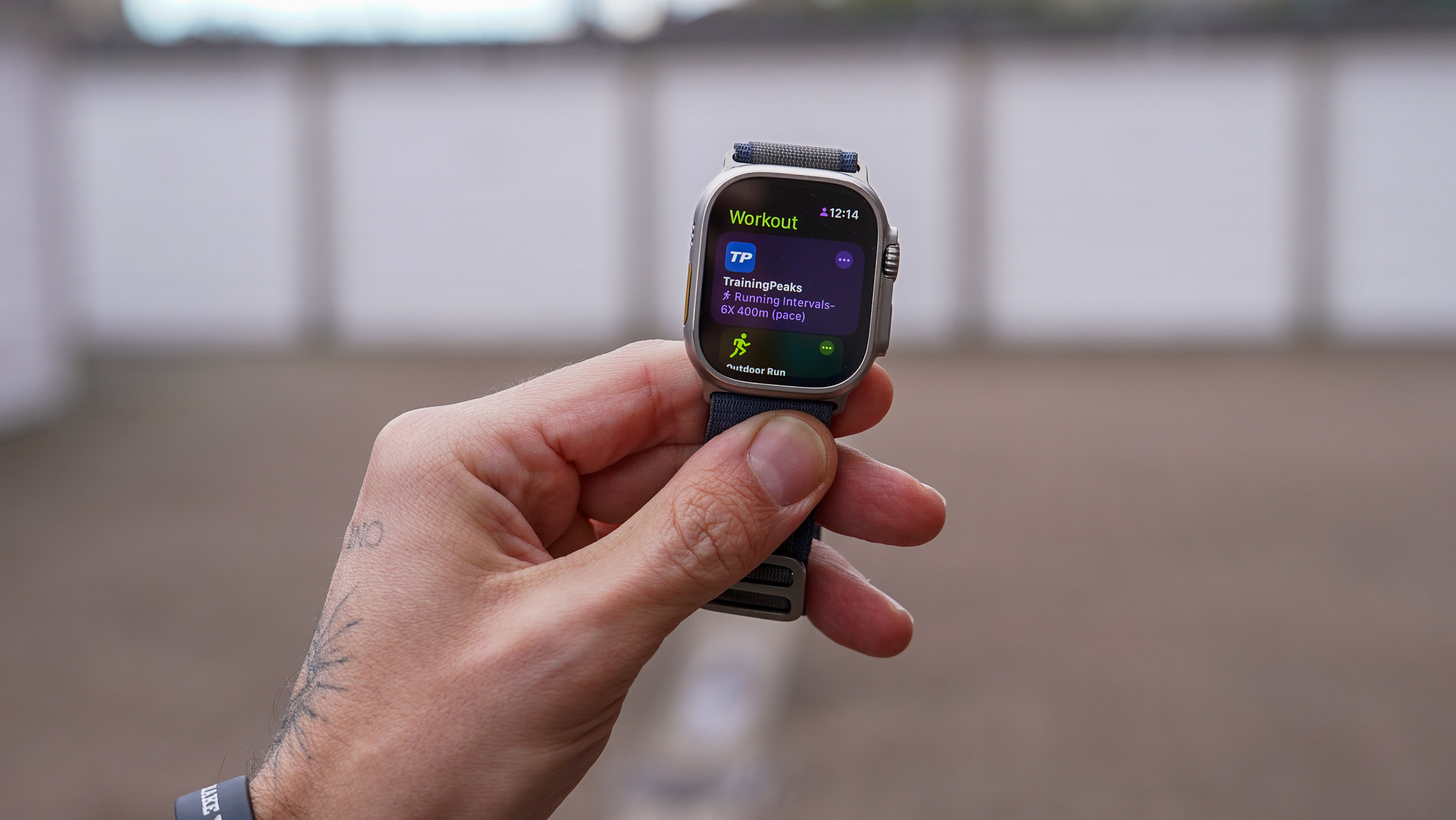
Does the world need the Apple Watch/TrainingPeaks integration? And, more importantly, do you need it?
Most performance wearables allow you to set up and schedule workouts for yourself – something the Apple Watch has lacked until now. It's a third-party integration, sure, but a seamless one, so you can rest assured there won't be any issues should you decide to give it a try.
It makes sense for Apple to delegate hardcore training elsewhere, which helps keep the Fitness app as accessible as possible. I've heard many times before that people find Garmin's Connect app confusing; there is too much data, and too many metrics coupled with elaborate options left, right, and centre. It's just too much to handle if you're a beginner athlete.
With the TrainingPeaks integration, Apple ensures that its native Fitness app is as easy-breezy as it's always been but opens up the door to pros to use its wearables for 'proper' training. It allows for more progression, so to speak, should an athlete wish to elevate their training to the next level.
You will have to pay for the privilege, of course. Although there is a free version of TrainingPeaks, if you want to plan future workouts, you'll need a TrainingPeaks Premium subscription, which, although not extortionately pricey, is not cheap, either.
TP's premium tier comes with a ton of benefits, but most of these only make sense for athletes who take their training real seriously. The price, I guess, can be an excellent incentive to keep to your training, so if you're the kind of person who often struggles to find the motivation to exercise, setting workouts up in TP in advance can help you get out of the fitness rut.







